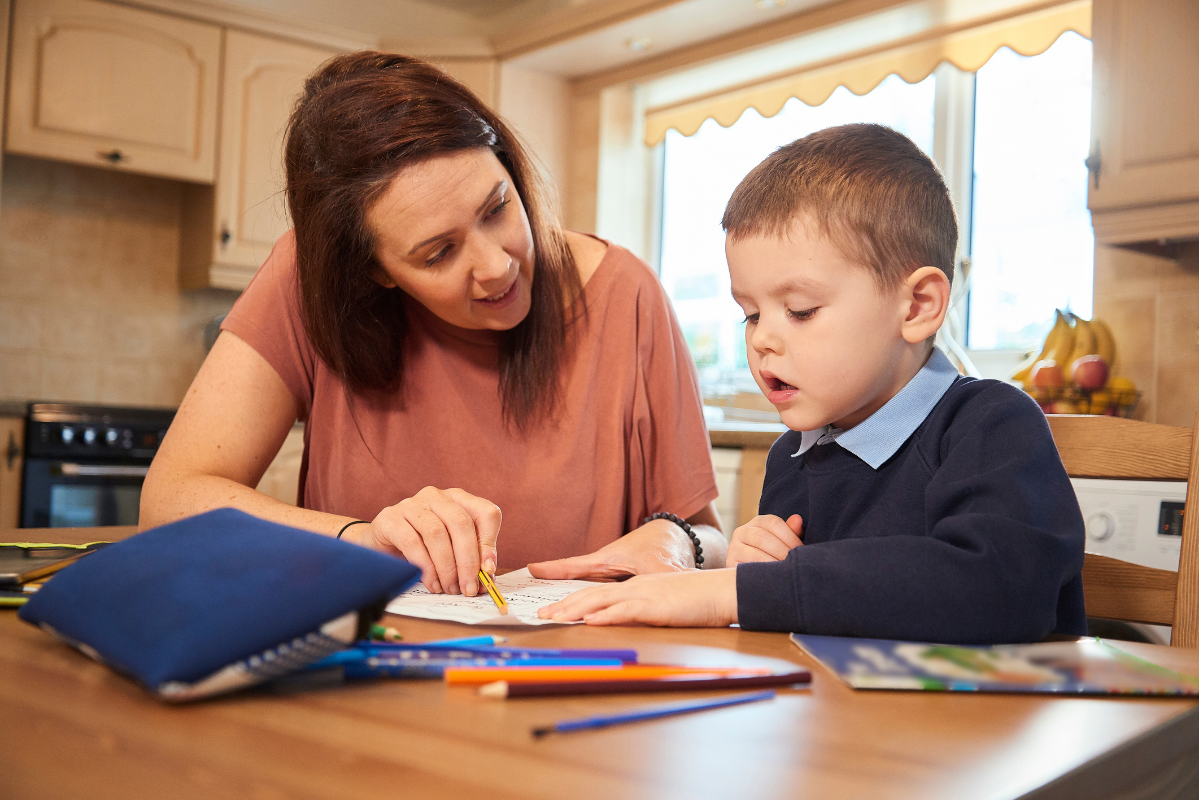Segmenting ….. Blending….. What is that? Aren’t these things the same? Early literacy skills are so important for academic success, but many times parents just expect their child to read or write a word. They often times forget that there is a lot of groundwork that needs to be laid before a child can pick up a book and read it. Two of those important skills are blending and segmenting.
Let’s first take a look at the difference between segmenting and blending. These skills are very closely related, but they also have some distinct differences. One of the most important skills of “early reading” is blending. This is the skill where children “glue” or put sounds together that they hear. Before a child can blend for reading, they must be able to orally blend first. Oral blending involves a child listening to a group of sounds and then putting them together to create a word. For example, /d/ /og/ — dog – or /sh/ /u/ /t/ — shut. Once children can orally blend sounds together, they can try and use this skill while reading. Children don’t have to know every single sound to begin blending. They can use just a few vowels and consonants to start the process. A recommended order is the SATPIN method. With this, students use the letters S – A- T- P – I – N to create and blend CVC words. Children can make each individual sound and put them together. There are many words that a child can practice with the SATPIN method – sat, pat, nat, pit, pin, sip, sin, tan, etc. Segmenting is essentially this process but in reverse order. While blending is used with early reading, segmenting is used with early writing. Segmenting is essentially splitting a word up into sounds and writing the letter for each sound.
What are some ways you can help your child with blending and segmenting? One way you can do this is by playing an altered game of “I spy.” Position things around the room that are comprised of three sounds (hat, mat, bat, pen, mitt, etc.). Say to your child, “I spy with my little eye, a /p/ /e/ /n.” Encourage your child to listen to the sounds, put them together and then find and retrieve the object. They may also have fun switching roles and isolating each sound so mom or dad have to find the object.
What about segmenting? It is important to remember that this is not an automatic skill and it has to be taught. One way to do this is to use a fun “robot voice”. You can use a stuffed animal if you want to show how robots talk very slowly. The segmenting of a word can sound like a robot voice. You also can say a word and have your child use counters to lay down how many sounds they hear. For example, if you say the word /bats/, your child can put a counter down for /b/ /a/ /t/ and /s/.
You may be wondering, which is better to practice first? Blending or segmenting? There really is no right or wrong answer to this, but it may be helpful to practice them separately. Children typically learn reading skills before writing skills, so it may be helpful to start with oral blending practice first. Additionally, you may ask yourself, how do I know if my child is reading to begin blending and/or segmenting sounds? Many children who are aware of rhythm, rhymes, alliterations may be ready to start blending.
What are some ways that you practice blending and segmenting with your child?




